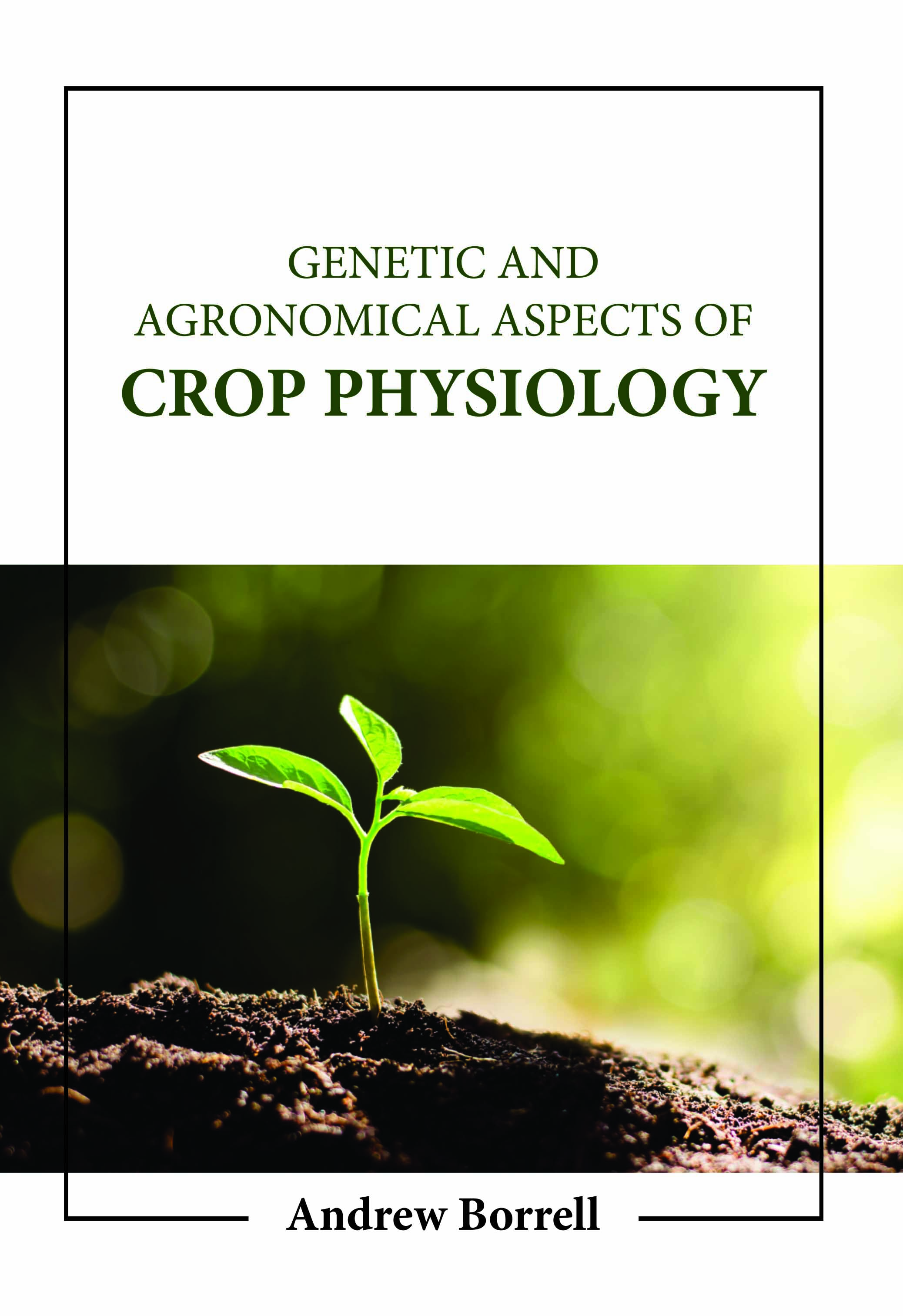
Genetic and Agronomical Aspects of Crop Physiology
by Andrew Borrell
| ISBN | 9781806249992 |
|---|---|
| Publisher | Digital Drive Learning |
| Copyright Year | 2026 |
| Price | $263.00 |

by Andrew Borrell
| ISBN | 9781806249992 |
|---|---|
| Publisher | Digital Drive Learning |
| Copyright Year | 2026 |
| Price | $263.00 |
One must understand crop physiology to understand the structural economics or efficiency of biological structures. Submicroscopic organelles called the chloroplast and mitochondria convert energy so well that man-made solar panels, hydroelectric power plants, and atomic power plants are much less effective in the amount of energy produced per unit of area. Crop physiology thus provides a window into this intricate and delicately woven tapestry of functional interplay—the gossamer of life. Developments in breeding, biotechnology, and agronomic management techniques still impact corn production potential. According to recent research, root development may have improved in maize products with rootworm resistance, increasing nutrient intake and production potential. The fertilizer recommendations may alter due to this increase in nutrient demand. Water movement during respiration does not require metabolic energy from ATP. The difference in energy between the water in the soil and the water in the atmosphere drives transpiration. However, transpiration is a strictly regulated process. The environment fuels transpiration, and the plant loses a significant amount of water through the leaf. Transpiration may cause the roots to lose up to 90% of the water they absorb. Modern-day intensive farming refers to the industrialized production of crops under the term "intense crop farming." The techniques used in intensive crop farming include advancements in farming practices, agricultural machinery, genetic engineering technology, methods for achieving economies of scale in production, developing new consumer markets, patent protection for genetic information, and international trade. The majority of wealthy countries use these techniques. This book shines and profoundly affects the reader when it discusses various agricultural systems and the development of green agriculture.